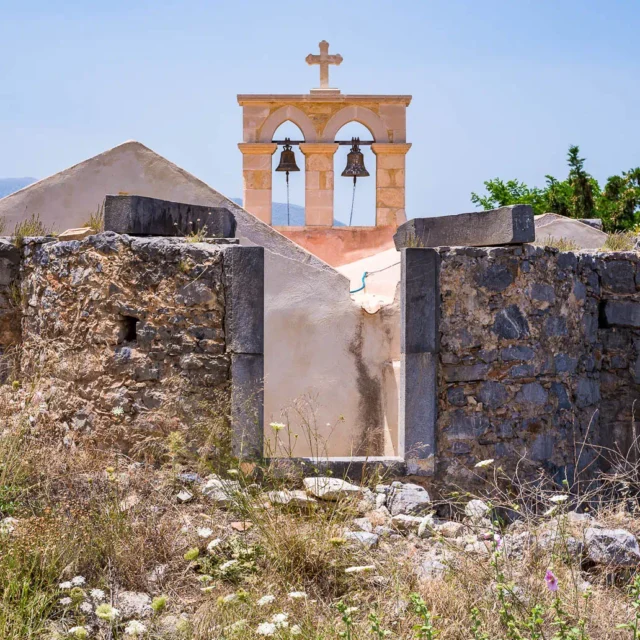
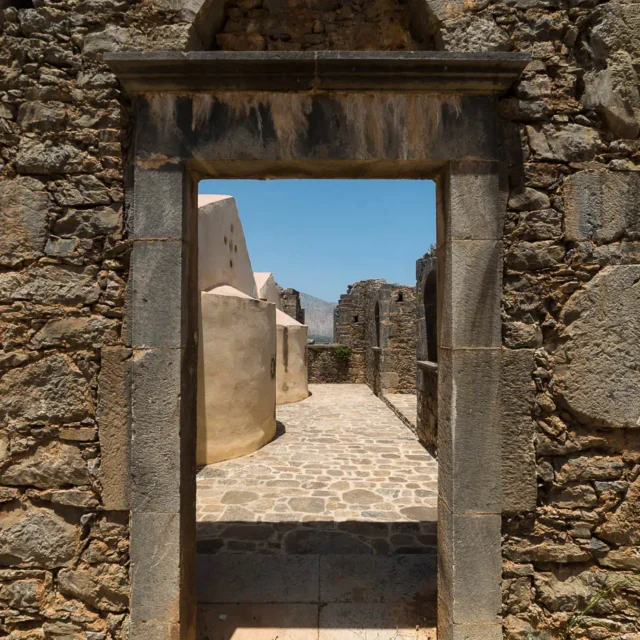
-
Chalepa Monastery
- Construction Period: The exact date of the monastery’s founding is unknown, but historical records indicate its existence as early as the mid-16th century, during the Venetian period. The current structure primarily dates to the 17th century, with renovations and additions made in the 17th, 18th, and 20th centuries. A dated inscription on the entrance indicates a reconstruction in 1673.
- Location: Chalepa Monastery is situated on a hill overlooking the village of Tsachiana in the Mylopotamos municipality of Crete, Greece. Nestled at the foot of Mount Psiloritis (also known as Mount Ida), it offers panoramic views of the surrounding landscape.
- Dimensions: The monastery is a fortified complex designed around a central courtyard. It encompasses a two-aisled basilica (katholikon), living quarters for the monks, common areas, stables, an olive press, and storage rooms.
- Historical Significance: Chalepa Monastery holds a prominent place in Cretan history. It served as a vital religious and cultural center during the Venetian and Ottoman periods. The monastery’s strategic location made it a focal point during the Cretan War (1645-1669) and subsequent Cretan revolutions against Ottoman rule. Its architecture, featuring thick walls and a fortified entrance, reflects the turbulent times in which it was built. The monastery’s historical significance is further underscored by its association with notable figures like Abbot Nestor Kokkinidis, a prominent figure in the 1821 Greek War of Independence, and its role as a refuge for Cretan fighters and civilians during uprisings. In 1822, Hassan Pasha, son-in-law of the viceroy of Egypt, Mehmet Ali, camped at the monastery with his army. They were attacked by the rebels of Mylopotamos, resulting in significant casualties for the Ottomans.
- Current Status: The monastery was abandoned in the 1960s but has since been designated a historical monument. Extensive restoration efforts are underway to preserve and revitalize the complex. The katholikon has been successfully restored, and work continues on other buildings within the monastery.
Agia Marina Monastery
- Relationship to Chalepa Monastery: Located approximately 500 meters from Chalepa Monastery, Agia Marina Monastery shares a close historical and cultural connection with its neighbor. Both monasteries were initially convents and were tragically destroyed by the Ottomans in 1646 during the Cretan War. While Chalepa Monastery was later rebuilt and re-established as a monastery, Agia Marina has not.
- Historical Significance: Despite its current state, Agia Marina Monastery holds historical significance as a testament to the shared history and fate of the two monasteries. The surviving church, adorned with 14th-century frescoes and the Kallergis family coat of arms, provides valuable insights into the region’s artistic and cultural heritage.
- Current Status: Only the 14th-century church of Agia Marina Monastery remains standing, serving as a poignant reminder of the monastery’s past. The ongoing restoration of Chalepa Monastery offers hope for the future preservation and potential revitalization of Agia Marina, ensuring that its historical legacy endures.
Timeline
Source for the timeline: Rethemnosnews
Chalepa Monastery Timeline:
- 1400-1600: Frescoes from the nearby women’s monastery of Agia Marina.
- 1555: First mention of Chalepa Monastery in a notary document.
- 1676: Monastery declared stavropegic (autonomous) by the Ecumenical Patriarch.
- 1740: Monastery loses stavropegic status.
- 1759: Construction of an ornate fountain under Abbot Maximos Vergitsis.
- 1783: Monastery regains independence from Vosakos Monastery.
- 1791: Patriarch Neophytos VII investigates a dispute between Chalepa and Vosakos monasteries.
- 1791: Stavropegic status renewed.
- 1821: Monastery houses 70 monks and the abbot Nestor Kokkinidis.
- 1821/1822: Monastery attacked and damaged by Ottoman forces.
- 1823: Massacre of monks by Hasan Pasha; only three survive.
- 1830-1840: Monastery rebuilt under Nestor Kokkinidis.
- 1850: Stavropegic status renewed by Patriarch Anthimos IV.
- 1861: Abbot Nestor Kokkinidis passes away.
- 1866: Monastery hosts revolutionary leader Hadji Michalis Giannaris.
- 1866: Abbot Gerasimos Stratigis captured at Arkadi Monastery during the Cretan Revolt.
- 1867: Monastery burned by Resit Pasha.
- 1871: Neophytos Pediotis appointed overseer.
- 1873: Monastery faces financial difficulties.
- 1874: Chalepa becomes a dependency of Vosakos Monastery.
- 1875: Dispute over monastery property.
- 1881: Only three monks remain.
- 1885: Iakovos Ploumis becomes abbot.
- 1900: Monastery declared dissolved.
- 1901: Abbot Agathangelos faces trial.
- 1935: Monastery’s status becomes permanent.
- 1950: Monastery abandoned.
- 1990: Kallinikos Vamvoukas, acting abbot, passes away.
- 2004: Restoration work begins.













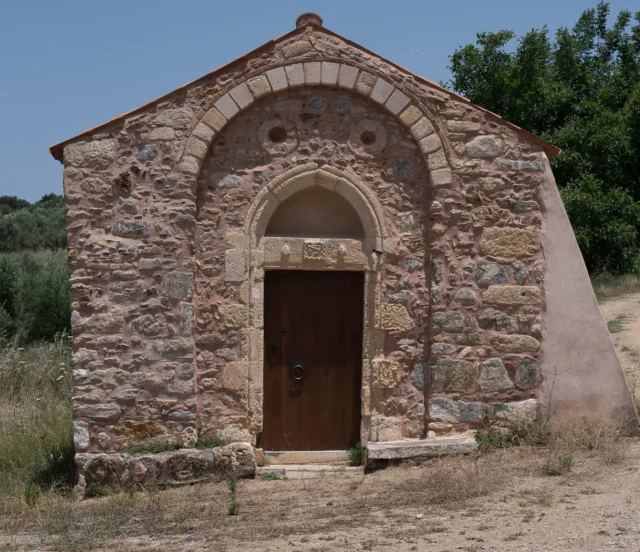

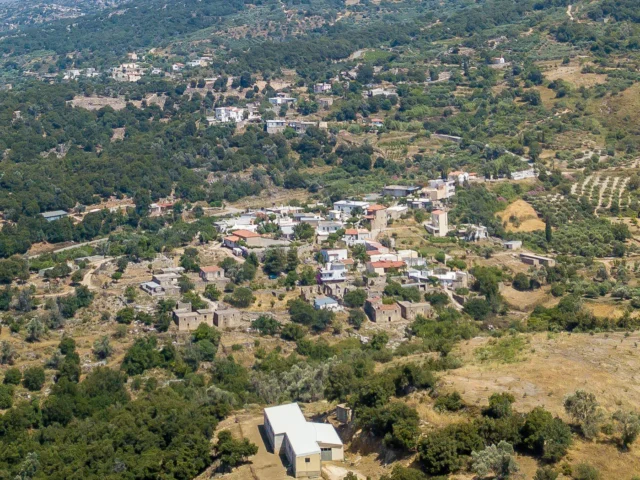



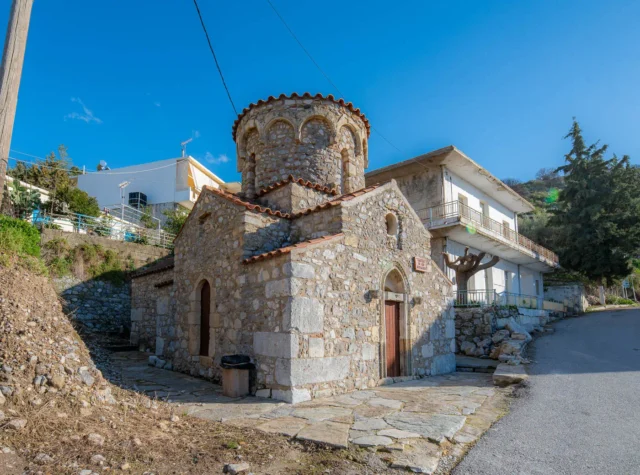
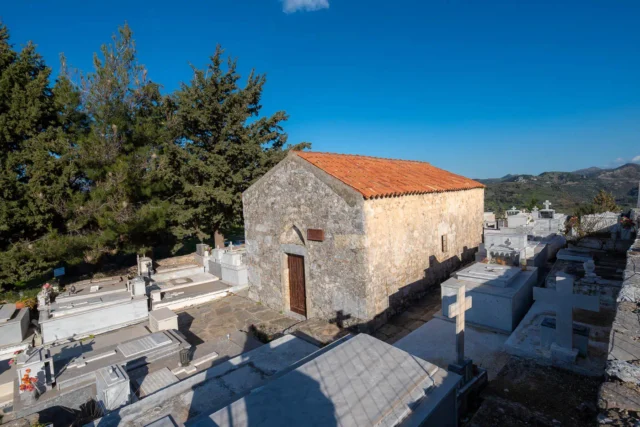
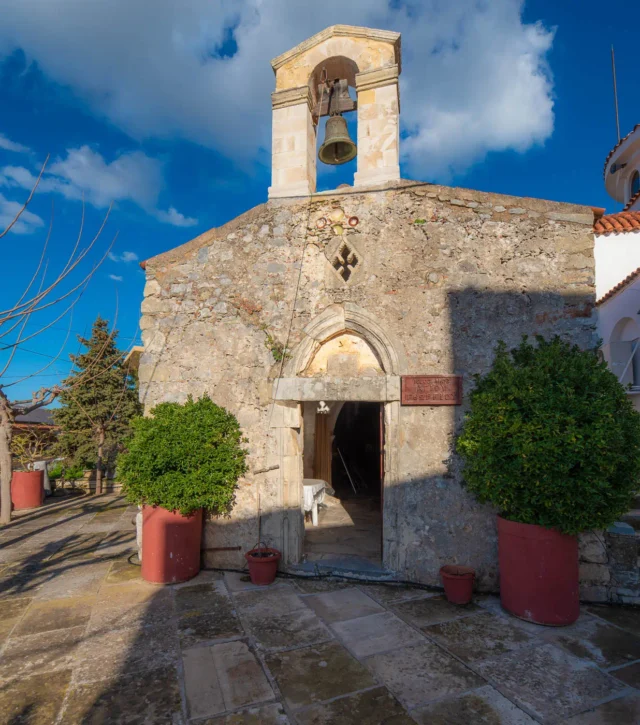

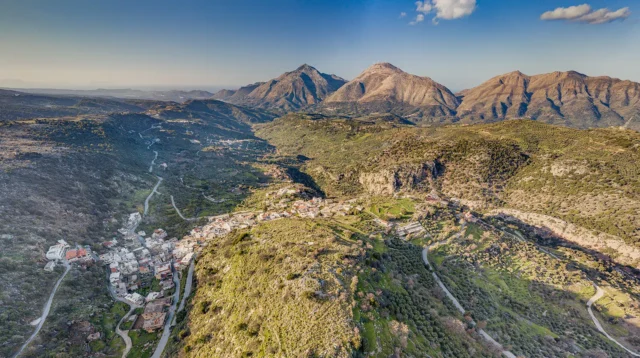
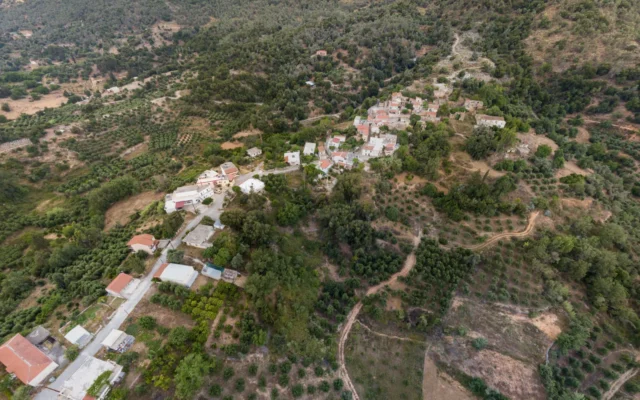
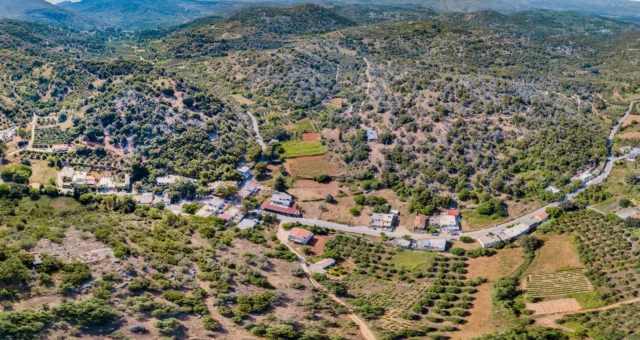
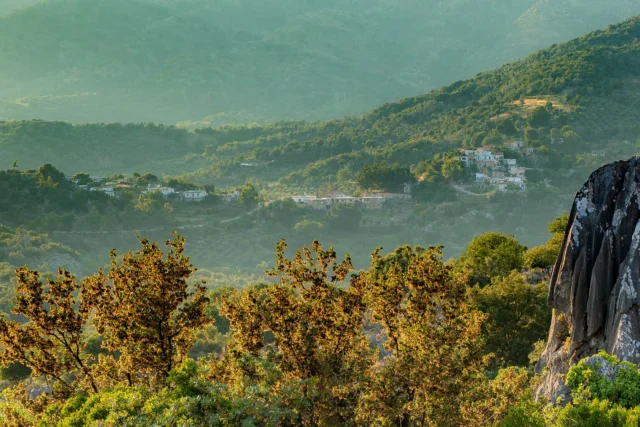


There are no comments yet.